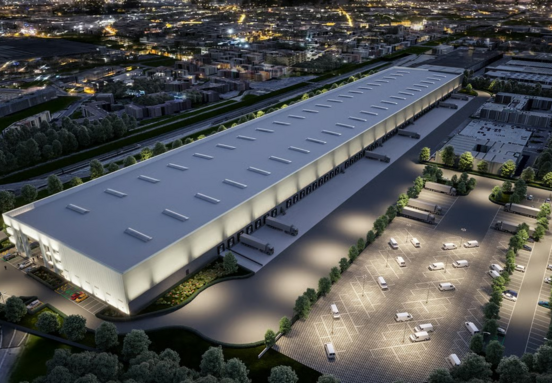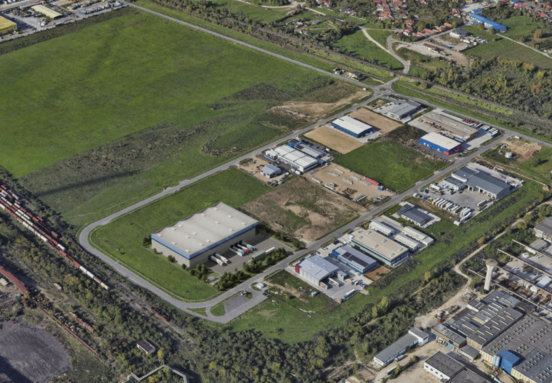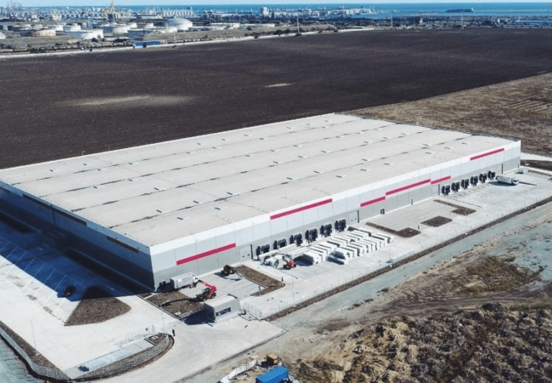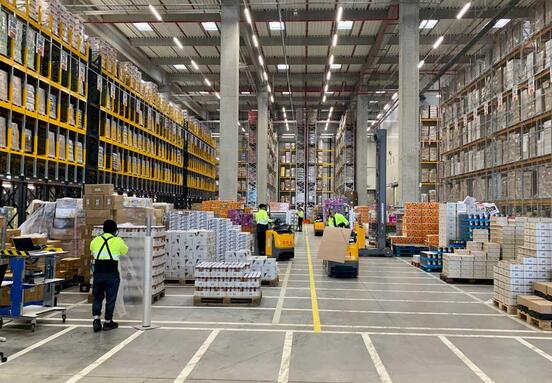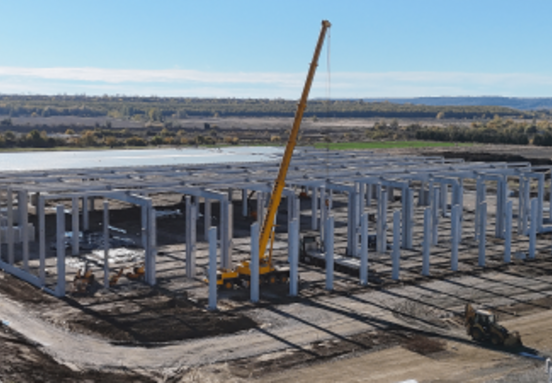Holcim (Switzerland) and Lafarge (France) both with operations in Romania, announced in April that they agreed to merge by exchange of shares which will create the biggest cement producer in the world.
To get the approval of the authorities, the trading which is to be signed in the first part of 2015, includes the sale of some shares of the two groups especially in Europe.
In the case of Romania, there will be sold the Lafarge operations, which is present on the cement sector, with the highest share in sales, as well as concrete and aggregates. The French group owns on the local market approximately 40 production sites, the most important being the cement factories in Medgidia and Hoghiz and that of grinding in Targu Jiu. The merging was approved on mid-December by the European Commission.
The subsidiaries of the two groups, together with Carpatcement Holding, part of the German group HeidelbergCement, fight for the cement market in Romania and are among the most powerful companies in the local industry of construction materials.
The cumulated profit recorded in Romania by the three cement producers was reduced 2.7 times in 2013 against 2012 from 278 million lei to 101 million lei, the gain being 10 times lower than in 2008.
2014 brought the exit of Advent from Ceramica Iasi, the Americans leaving the package of 85% of the shares of the brick producer to the investment fund Asia Debt Management Capital (ADM Capital) recorded in Hong Kong, in a trading estimated by the sources on the market at over 10 million euro.
Founded in 1998, during the financial crisis of Asia, ADM Capital manages at present assets of 1.6 billion dollars.
The new owner of Ceramica announced that they wanted to transform the ceramic blocks producer in a regional leader taking into consideration their experience on the market in Turkey where they have similar investment.Ceramica Iasi, with business of over 72 million lei at the level of 2013, competes on the market with such players as Wienerberger, Cernacom or Sicerom.
In 2014, the Somaco group owned by the Swedish investment fund Oresa Ventures, announced an investment of 8 million euro for the acquisition of the factories Europrefabricate in Timisoara and Targoviste as well as the extension in the western part of the country. The Europrefabricate company is owned indirectly by Italian investors.After the acquisition of the two factories of concrete elements, at mid-year, Somaco got to a number of six production units.
Somaco, prefabricated elements producer invested over the last five years another 13 million euro for the extension of the production unit and the products range, the re-technologisation and training of the personnel.
Another movement was the trading through which the producer of PVC profile systems for windows, doors VEKA took over the Gealan competitor, both German groups being present on the Romanian market.The trading was announced in March, the parties agreeing that the information related to the acquisition to be confidential.
Family business the VEKA group has over 3,600 employees in 25 subsidiaries on three continents in the whole world and recorded a turnover of 793 million euros in 2013. Through the acquisition of Gealan from the Halder investment fund, VEKA increased its personnel with 1,150 employees and will reach an annual turnover of over one billion euro.
In Romania, the VEKA group is present through imports, while Gealan is also a PVC profiles producer, with a factory in Bucharest. The two companies are among the main suppliers of PVC profiles on the Romanian market.
The VEKA business in Romania increased by 7% in 2013 at 16 million euro and the Gealan Romania turnover stopped at approximately 25 million euro. The annual sales of insulating elements in Romania are evaluated at approximately 300 million euro, out of which the PVC profiles sector covers almost one third.
Andreas Hartleif VEKA CEO stated that the brands will be developed independently in the context of covering different sectors of the market.
2014 was difficult for the constructions industry, the significant drop in public investments which affected negatively the players on infrastructure works. The drop in material deliveries for this type of projects was compensated by higher sales in the case of products dedicated to the residential and non-residential sector. (source: actmedia.eu)
